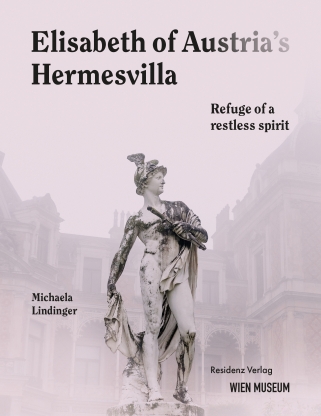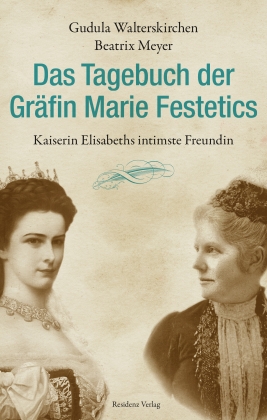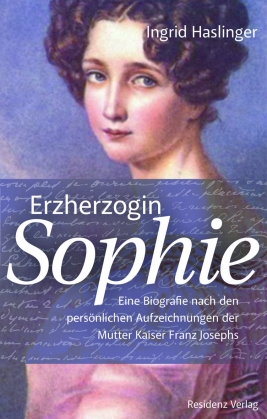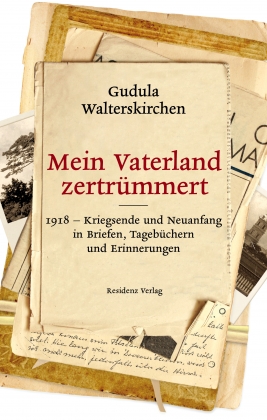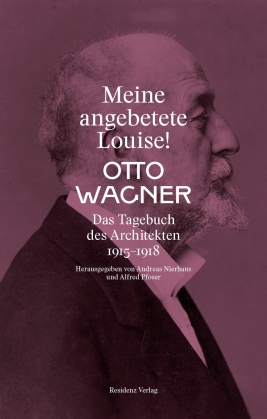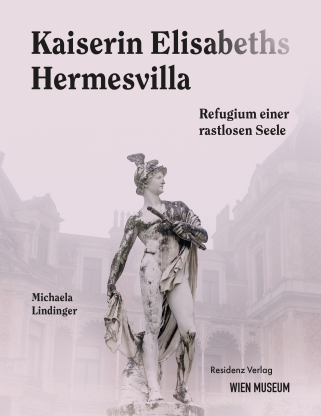
Michaela Lindinger Wien Museum (Edited by) - Empress Elisabeth's Hermesvilla
Refuge of a restless soul
The Empress' mystical hideaway – a house as a reflection of her personality.
Idyllically nestled into the former imperial hunting grounds, now the Lainzer Tiergarten, lies the ‘Palace of Dreams’, as Empress Elisabeth once called her villa. Emperor Franz Joseph had it built as a present to her, in the hope that it would encourage his wife to travel less and spend more time in Vienna. The romantic villa was realised during a comparatively short construction period by the architect Karl von Hasenauer, famous for his numerous buildings along the Ringstrasse. In style, the building was inspired by the country houses of Austria's upper classes. A statue of Hermes, Greek god of travellers and the deceased, holds a prominent position in the garden and gave the villa its name. What relationship did the restless Empress have to her hideaway in the imperial hunting grounds? Which style elements, a subject close to Elisabeth's heart, did she immortalise in the Hermesvilla? In her salient portrayal, Michaela Lindinger, curator at Wien Museum and Elisabeth researcher, offers a key to understanding this important Viennese ‘cult site’.
Book details
120 pagesformat:160 x 210
ISBN: 9783701735150
Release date: 30.03.2020






